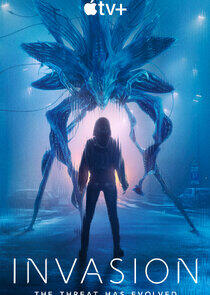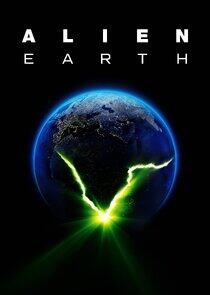Episode 3

In the concluding episode of the series, James explores how the art of the last hundred years reflects how we swapped nature for progress in the first half of the 20th century before rediscovering its beauty in the decades following the Second World War, and how today's artists are re-imagining our future relationship with nature.
The film begins in the first decades of the 20th century, an era of human self-confidence, intent on conquering nature. In the art of Piet Mondrian, James explores how an artist who began life as a landscape painter gradually leaves nature behind, tidying up the messy reality of nature into abstract lines. We meet Chinese artist Yang Yongliang on the streets of New York, whose sprawling digital landscapes ask questions about our drive for rapid urbanisation.
James continues to explore this story through the images of one of the best photographers of the last century – and one of its most brilliant women - Margaret Bourke-White. In 1930, she was the first professional western photographer to be allowed into the Soviet Union, where she captured the rapid transformation of the country from being largely rural into a modern, industrial state. James moves on to explore how the destructive power of the atomic age both terrified and inspired artists in the 1940s and 1950s, from painters like Bittinger to the world of sci-fi films.
We then see the arrival of a new kind of art – land art. In the late 60s and 70s, a growing number of artists left the city and started working not only in nature but with it. We meet two contemporary land artists based in New Zealand: Philippa Jones and Martin Hill, who use natural materials to create sculptures in the landscapes of New Zealand's South Island. And finally, we explore how artist collective Random International are using technology to explore our future relationship with nature – through a series of mesmerising art works.
James finishes the episode and the series asking questions of the interviewees who have appeared across the series. How do they see our future relationship with nature?
He concludes that on the long journey we humans have been on since our beginnings, artists have played a vital role not only in reflecting but also shaping our attitudes to nature. They've helped us understand its intricacy, appreciate its beauty, and now – when the entire planet seems under threat – they can help us forge a new relationship with it.
Trailer
Recently Updated Shows

48 Hours
48 Hours is a CBS news magazine that investigates intriguing crime and justice cases that touch on all aspects of the human experience. Over its long run, the show has helped exonerate wrongly convicted people, driven the reopening -- and resolution -- of cold cases, and changed numerous lives. CBS News correspondents offer an in-depth look into each story, with the emphasis on solving the mystery at its heart. The program and its team have earned critical acclaim, including 20 Emmys and three Peabody Awards.

Invasion
Earth is visited by an alien species that threatens humanity's existence. Events unfold in real time through the eyes of five ordinary people across the globe as they struggle to make sense of the chaos unraveling around them.

Wednesday
Smart, sarcastic and a little dead inside, Wednesday Addams investigates a murder spree while making new friends — and foes — at Nevermore Academy.

Alien: Earth
When the mysterious deep space research vessel USCSS Maginot crash-lands on Earth, Wendy and a ragtag group of tactical soldiers make a fateful discovery that puts them face-to-face with the planet's greatest threat.

Peacemaker
This James Gunn-created series continues the saga of Peacemaker, a vainglorious superhero/supervillain who believes in peace at any cost — no matter how many people he has to kill. After a miraculous recovery from his duel with Bloodsport, Peacemaker soon discovers that his freedom comes at a price.